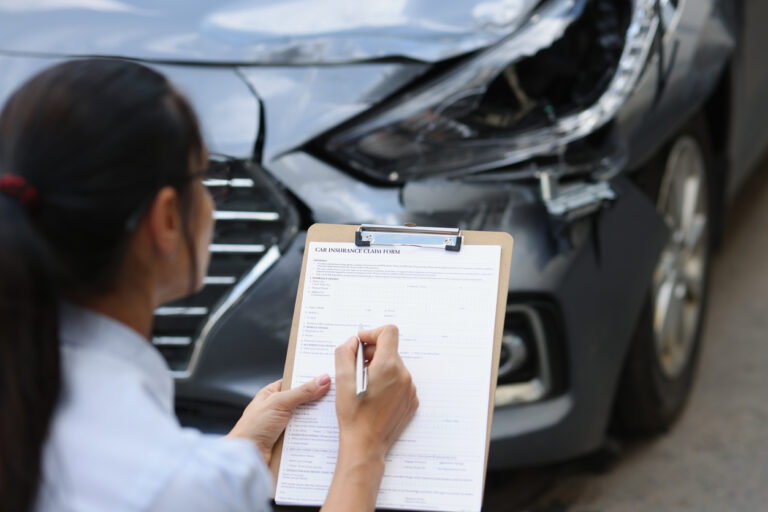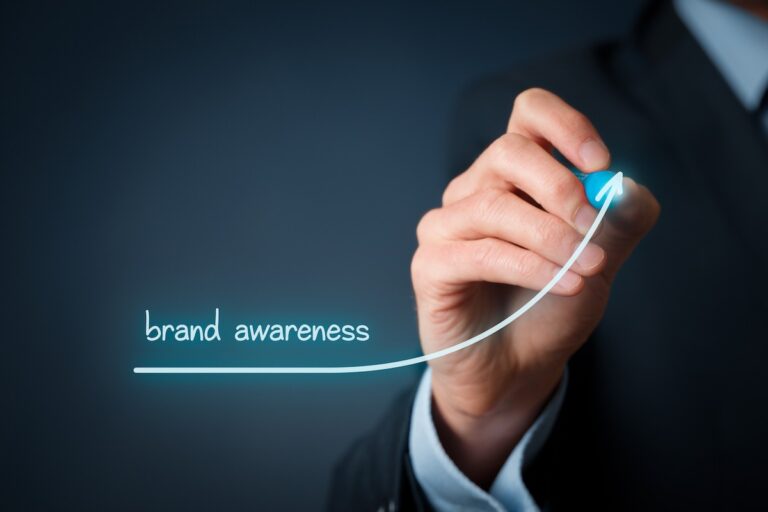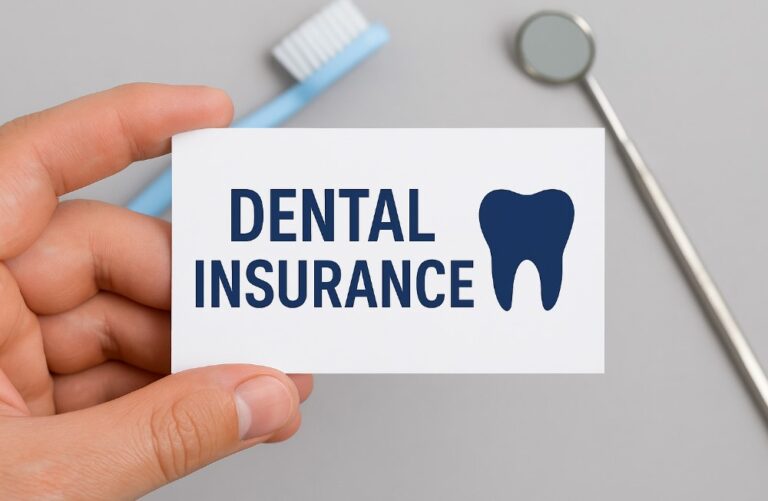Information provided by the National Highway Traffic Safety Administration in February 2022 shows that 31,720 individuals lost their lives across the nation due to motor vehicle accidents. This is an approximate 12% increase from the same time in 2020. From 2018 to 2022, the number of fatal collisions in the United States increased by over 16%.
Despite the best efforts of governing bodies to address traffic accidents and road safety, traffic collisions continue to occur at an alarming rate. However, studies show that community outreach efforts play a vital role in keeping people as safe as possible when traveling. Media reporting, resource centers, and safety campaigns all contribute to making our roads safer for everyone.
Analyzing Data and Recognizing Trends
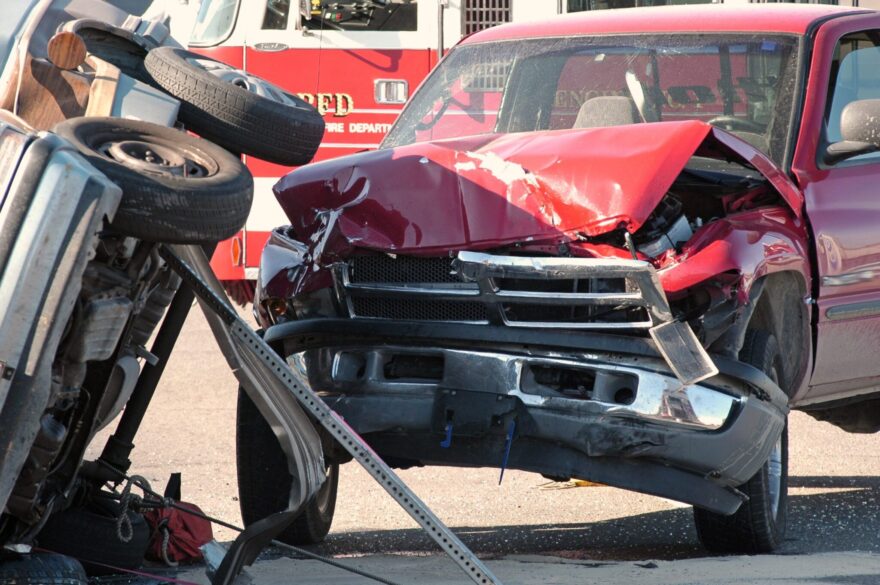
Gathering data from car accident scenes goes far beyond your standard police reports. Data collection efforts made directly following a collision provide a rare opportunity to help formulate prevention strategies for local communities. Presently, some states are studying the data trends from local accident reports while others are not. When data is collected and studied on all motor vehicle accidents, prevention specialists will then have the information that can help them understand how to make traveling by vehicle safer for everyone.
At the local level, data from accident reports may show a sequence of pedestrian injuries near a specific intersection. Local agencies can then analyze any similarities in the chain of events leading to each accident and work on solving problems at that intersection, which ultimately reduces the probability of future crashes. Solutions may include a combination of roadway, vehicle, motorist, and non-motorist factors.
Increasing Awareness of Typical Accident Causes & Distinguishing Root Causes
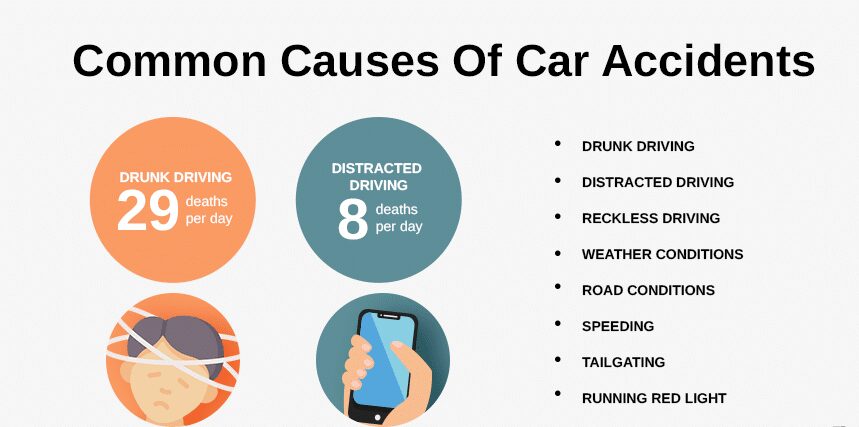
Crash reports often include information describing the actions of motorists and pedestrians that may have contributed to an accident: failing to obey traffic signs and signals, failing to yield the right-of-way, or improper turning, for example. But, why were these actions taken by motorists in the first place? Why would a motorist fail to yield the right-of-way? If, according to information provided by the National Highway Traffic Safety Administration, over 94% of the time, these actions are due to human errors, including decision, performance, and recognition errors – why were these mistakes made?
In accident investigation reports, the driver and non-driver contributing factors indicate typical behavioral problems that have to be addressed to keep the crashes from happening. Information like this helps increase awareness concerning typical contributors to local accidents.
When a driver fails to yield the right of way and causes a collision, this is not the root cause of the crash. A driver who failed to yield the right of way because they took their eyes off of the road is inching closer to the answer but is still not the originating cause of the crash. A driver who failed to yield the right of way because they were looking for their buzzing cell phone inside the vehicle rather than at the roadway is the root cause of the crash. This specific information should be investigated and recorded in the accident report, if possible, so that the data may better inform us of the extent of the smartphone distraction problem.
When information like this is included in local accident reports, when applicable, it can be used by members of the community to increase their awareness of why accidents are occurring and to better acquaint themselves with the facts of the matter at hand. If more drivers, prevention specialists, and data analyzers were aware of the root causes of accidents, we, as a community, may be better equipped to avoid these types of behaviors while out on the open road.
Improving Emergency Responsiveness
Prompt and thorough local accident reporting can help optimize the ability of emergency medical services to respond in a timely and effective manner. Additionally, swift and detailed crash reports may allow EMS to reduce their overall response times and employ their resources more strategically.
When emergency responses are improved, emergency workers may have a better chance of saving more lives and reducing the gravity of certain injuries. Overall, local accident reports not only inform citizens of when, where, and why accidents occur, but they also inform emergency responders of these important facts.
Local Accident Reports: A Helpful & Comprehensive Resource Website Serving the United States
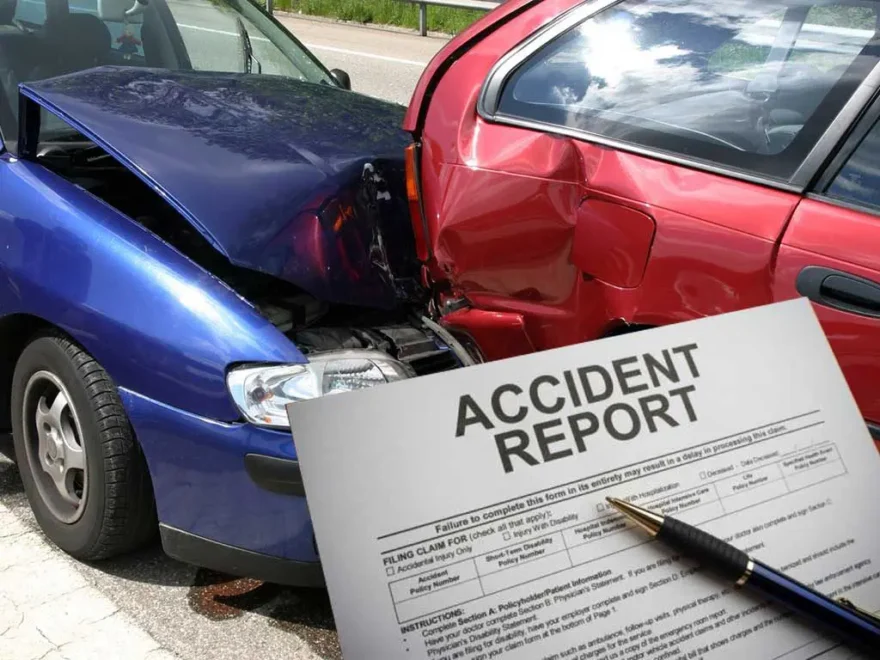
LocalAccidentReports.com, one of the nation’s leading websites for accident reporting and resources, was created to connect citizens and communities throughout the United States with comprehensive resources concerning traffic accidents, injuries, and fatalities. The site provides links to local resources for each state, including local accident news reports on specific accidents occurring in real-time, blogs concerning helpful information for crash victims, links to counseling agencies and financial assistance programs, and the option to contact a local attorney about obtaining police reports and seeking compensation for accidents caused by someone else’s negligence.
This website serves as a foundation for community involvement and awareness. Also, it allows individuals who have been involved in accidents access to valuable information quickly that can potentially have a major impact on their ability to move forward after being injured. Providing all of this information in one place helps communities stay informed about breaking accident news in their area and what resources are available to help.
The Importance of Traffic Safety and Awareness
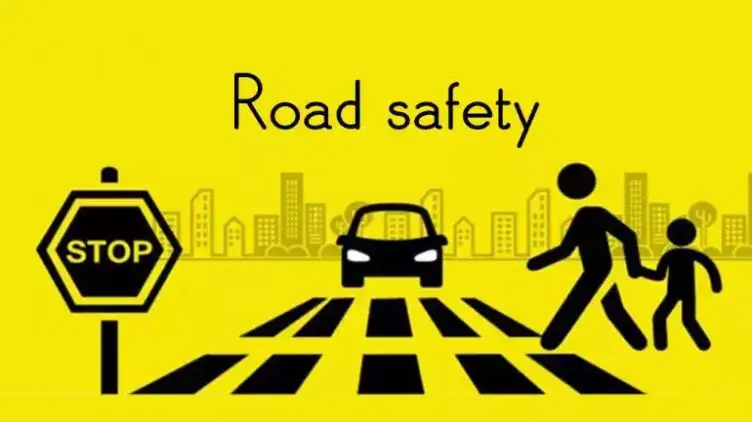
- Preventing Traffic Collisions: Car crashes have consequences that are far-reaching and lead to injuries and loss of life as well as property damage and financial problems. By raising awareness and prioritizing traffic safety, we can reduce the number of collisions and alleviate their impact on communities, families, and individuals.
- Saving Lives: Each life lost in a car crash is a loss that likely could have been prevented. Increased awareness combined with road safety measures can help preserve lives and prevent the grief and heartache that often follow such occurrences.
- Improving Public Heath: Traffic collisions add to a substantial portion of global injury-related disabilities and fatalities. By putting traffic safety first, we can work on improving public health outcomes and reduce the burden of traffic accident injuries.
- Economic Benefits: Collisions inflict a substantial economic strain on society, including property damage, healthcare costs, increased insurance premiums, and loss of productivity. Prioritizing traffic safety can help lessen these economic damages and contribute to a more prosperous and sustainable society.

